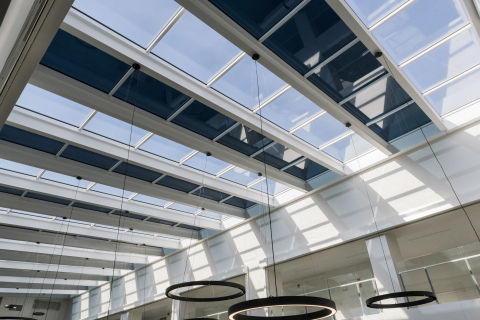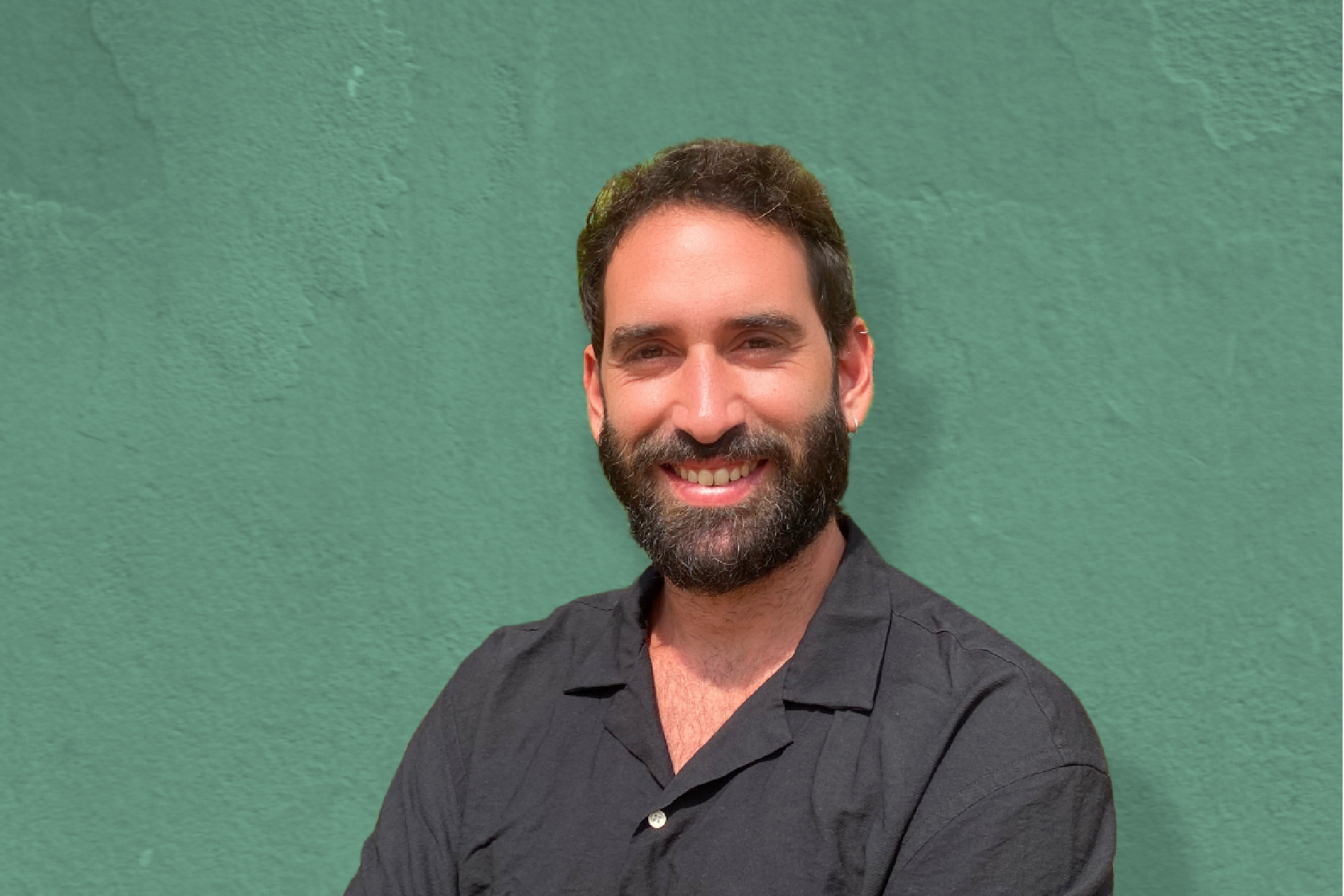Going Green had the chance to sit down with a brilliant entrepreneur, Howard Turner on the Going Green podcast. Howard is the Co-Founder and CTO of Kinestral Technologies. Halio magically tints to cool gray shades when the sun gets a little too hot or a little too bright. The first and only smart glass that’s responsive and looks natural at the same time. Howard shared how he got started in the industry, and where he sees it going in the future. Howard’s episode will be released this Friday.

Who is Howard Turner?
With a Ph.D. in chemistry from MIT (1982), I began my career as a scientist and inventor with Exxon Chemical Company. At Exxon, I focused on the development of catalysts for efficiently converting oil into polymers for different markets, including auto, construction, healthcare, and packaging. After 15 years at Exxon labs, I joined the founding team at Symyx Technologies, where I built and led a team of scientists and engineers to build “combinatorial discovery engines” that increase R&D efficiency by a factor of 100-1000.
Maximizing Efficiency is the thread that defines my career – not what one would expect from a typical scientist-inventor. Symyx developed technologies to streamline the R&D activities for their industrial customers; at Kinestral my focus shifted to tapping the potential of smart-tinting windows to lower a building’s energy usage. I have published in 60 scientific journals and garnered 150 issued patents all around the theme of improving products and making them work more efficiently
How did you get involved in the sustainable industry?
After 12 years of developing combinatorial workflows and discovering new materials for established partners like Exxon and Dow Chemical, myself and co-founder Sam Bergh purchased Symyx hardware and software and “spun-out” Kinestral Technologies.
Kinestral was founded with the belief that the cleanest energy is that which you do not use, and that the “window” industry was ripe for innovation. By 2010, promising, smart-tinting window products that deliver enormous energy savings and improvements in building efficiency were becoming available but at a high cost and with compromises in performance that inhibited adoption. It seemed that this industry could benefit from a healthy and properly directed “combinatorial” discovery process.
Surprisingly, buildings account for 40% of all the energy used in the United States, more than half of which goes towards heating, cooling, and lighting. Globally, buildings and their construction account for 36% of energy use and nearly 40% of all CO2 emissions. With that in mind, we’ve challenged ourselves to embrace science and new technologies to create a new kind of glass that reduces the impact of buildings on the environment. Halio smart-tinting glass makes it possible for architects and contractors to design and build with the beauty of glass without sacrificing energy efficiency or making aesthetic compromises—such as smaller windows, or structures around the windows called “second skins” that block out heat but also natural light

What trends are you seeing in your industry?
Green building certifications like LEED and WELL have been around for a while, but local governments are now legislating adoption of these certifications as “proof of energy efficiency”. New York City’s “Climate Mobilization Act,” passed in 2019, is an example. Similar proposals by Los Angeles, Washington, D.C. and other cities demonstrate the awareness that the building industry is mission-critical on the pathway to meet local governments’ commitments towards carbon neutrality. We’re at a wonderful point in time where a confluence of technologies that, when used together, can dramatically reduce the energy consumed by buildings – even if they’re made entirely of glass facades.
What is one “Action Item” the viewers can take away from this conversation?
First, there is awareness needed of the role windows play in energy consumption. Much of the energy consumed by buildings is used for lighting and keeping us warm in the winter and cool in the summer. Windows play an outsized role: 30% of the energy used to heat and cool a building is directly attributable to windows.
Smart glass technologies haven’t received media attention in the way that electric vehicles have – so public awareness is low. But there exist smart glass technologies that automatically tint to block the sun’s heat and reduce or eliminate glare outright. These smart windows respond to data collected from a rooftop, room occupancy, and lighting sensors to tint to the perfect shade to keep the people inside comfortable – without the need for a single shade or blind.
This new class of smart windows alone can reduce a building’s energy consumption by as much as 20%. Because the world will add 2 trillion square feet of buildings by 2060—the equivalent of putting up another New York City every month for the next 40 years, smart glass could have a significant impact on the environment.
As an action item, people should write local, state, and/or federal government demanding action to drive energy efficiency in the form of tax incentives, subsidies, and/or regulations to drive adoption of these technologies. Better yet, tax incentives or subsidies in the construction industry would encourage builders to invest in new green building technologies such as smart glass, similar to the ones used to spur the adoption of solar panels and hybrid and electric vehicles in the U.S.
We want to thank Howard Turner for taking the time to chat with us. The information you have shared is extremely educational, and we are looking forward to sharing your podcast episode.
Be sure to subscribe to the Going Green podcast to hear the full interview.




